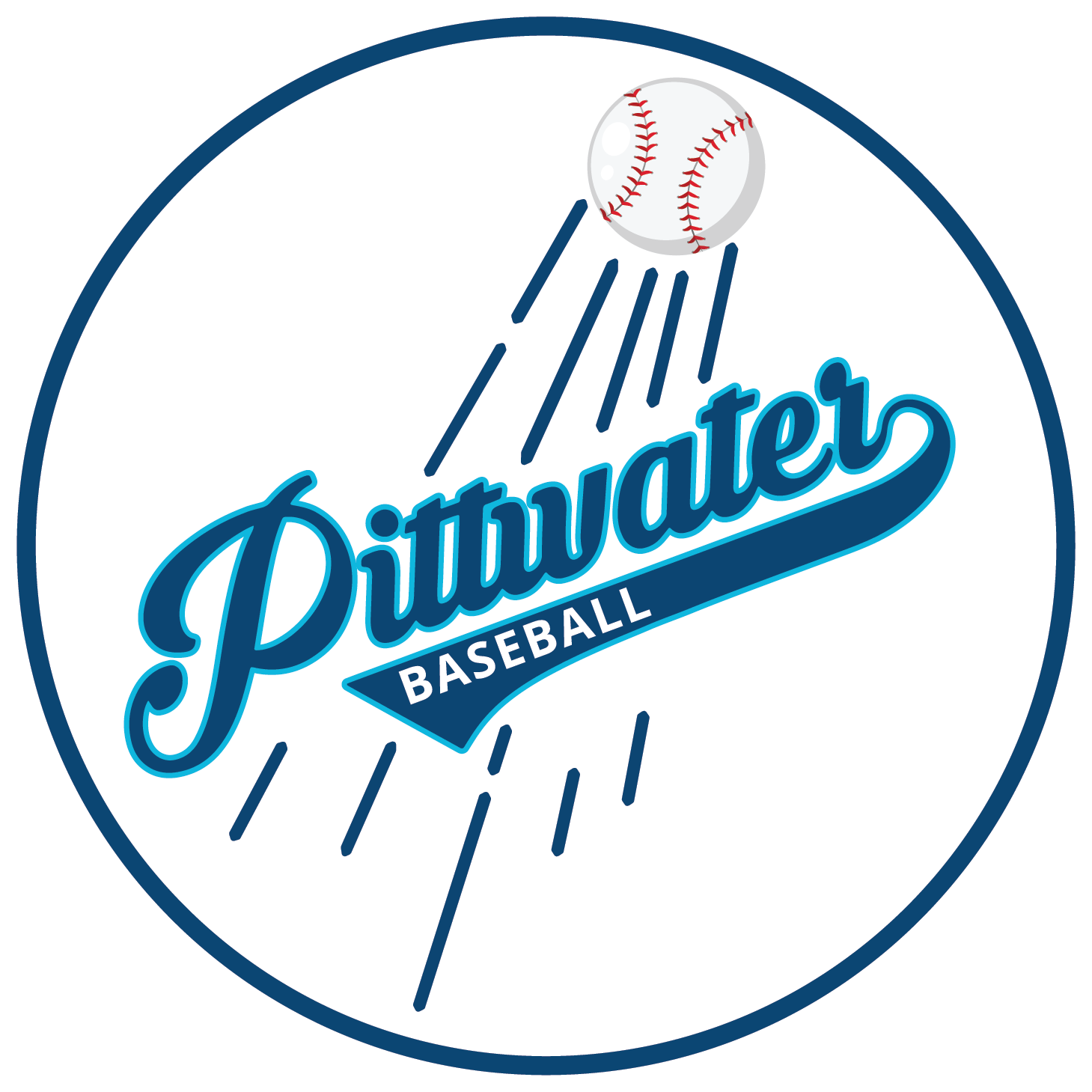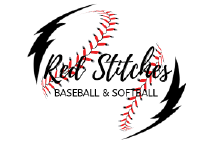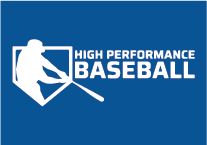Gloves
- Gloves are a critical part of the players gear – it will become an extension of the players body while on defence. At this level of competition it is really the only thing you will need to put some thought into equipment wise; the club will provide each team with a least two decent bats, helmets and balls. And for shoes, soccer ‘boots’ are perfect – my kids play use their soccer cleats for baseball or decent running shoes.
- Cost bracket:
- As a fellow parent, I get it that kids sports equipment is not cheap and they seem to out grow it so fast. So it is a bit of a delicate balance between good equipment and the household budget.
- You pretty much get what you pay for in a good glove. Beyond LLMinor or LLMajor a glove should last a good 4-5 years or more if well taken care of. (Hint: if you do take care of it you can sell when you grow out of it!)
- Personally, for kids I would be looking at full grain leather and no other frills, e.g. not endorsed by some MLB pro player, it adds only a logo/name and no performance. So that is about $60 to $140-ish bracket.
- Where to buy:
- Although Rebel is my go to place for a lot of things, I would not choose them for a baseball glove; over priced and very limited selection.
- On North Shore the closest decent baseball store is Red Stitches in Thornleigh. If you are a first timer then that is a good place to go to see and touch feel and get a bit of one-on-one advice.
- There is also AusSport out of Melbourne, also real good stock levels and good advice over the phone.
- Brands/model/size
- Ensure you are getting a baseball glove, not a softball glove. They sort of look similar but the overall construction for both are made to suit a certain size ball.
- At this age you do not need to worry about a ‘position glove’; e.g. first base or infield/outfield or pitcher. And the club supplies a good catcher’s glove.
- In my opinion, kids can catch a ball with a ‘H-web’ or ‘modified trap web’ pocket easier as it is more flexible and thus good for younger hands. The ‘basket weave/funnel web’ pocket is a bit stiffer so take a bit more breaking in. That said, it does tend to hold shape better. So bit of a trade off here.
- If you look at most of the players around the Forest club you will see them using Rawlings or Wilson gloves. These are quality brands and have models for Youth that are surprisingly good bang for buck.
- Mizuno is ok; I’ve personally used (but went back to Rawlings) and my kids have too. A bit lower price and maybe not quite as good quality. But their higher end models are worth a look.
- For Rawlings consider :
- Rawlings Player
- Rawlings Storm
- Rawling Sure Catch
- For Wilson look for:
- A200/450/500 Youth
- Sizing:
- This is a general guide and based on an average sized kid for their age. So if the player is a bit bigger or smaller for their age then you may wish to adjust accordingly. Is also ideal to try on a size, forgetting about the brand/colour/web, and see if the player is more or less comfortable with the glove, baring the initial stiffness.
- Most of the U7 Aussie T-ball gloves are 9 inch which is perfect for their tiny hands (example Rawling Player 9” Youth).
- For U8, consider a 10 – 10 ¾ inch (examples : Wilson A200/450/500 or Rawling Player 10” Youth).
- For Zooka/LLMinor, then LLMajor and all the way to Junior consider 11-11.75 inch and perhaps a bit higher quality (examples: : Wilson A450/A500). This is actually approaching or at adult size at this 11 “ level.
- To narrow it down a bit start here – it should suit nearly all our young players:
https://www.redstitches.com.au/gloves/youth-gloves/?cn=117%7C113&rf=cn
https://www.ausport.com.au/gloves/ball-gloves.html#brand=757,699&dir=asc&order=price&price_from=50&price_to=200&gan_data=true
- Glove care:
- Since a glove is an extension of your body it is wise and important to take good care of it.
- Do not leave in a hot car or somewhere dark and damp so it gets mouldy. If it gets wet then air dry it carefully, out of the sun and not close to a heat source
- Stow the glove with a ball in the palm and maybe a web strap or elastic band (e.g. Pilates exercise band) to keep the ball in. For my gloves I use a slightly bigger, non baseball, ball that helps keep its shape. But a clean baseball is fine too.
- Try not to stow the glove with it closed flat like a sandwich. It will start to shape this way and want to stay closed making it a bit harder for young players to open during a game.
- Oiling/condition the glove – this is a bit up to individual, but go easy on the oil/conditioner. It is not really needed that often (or at all…) and can actually harm the glove as the oil is usually petroleum based and leather is, well, leather. I like to think of it similar to my leather dress boots; I do them only so often and only when they just start looking like they need it.
- Most youth player gloves are already partially or wholly ‘broken in’ at the factory, so they will be somewhat ready to use. There is a trick or two I can show you on uniform day if you are curious how to break a glove in, but really the best way to break in a glove is to play catch. And it obviously helps a player to throw and catch too! The key thing here is that breaking in a glove takes time so you don’t want to be getting a new one every few years – as per analogy above with leather boots, once they are broken in they can last quite a long time and feel part of you.
- A good web page that sort of covers most of this and is to my way of thinking :
https://protips.dickssportinggoods.com/sports-and-activities/softball/how-to-break-in-a-baseball-glove
If you have any further questions please contact Stuart (gear@pittwaterbaseball.com.au)












